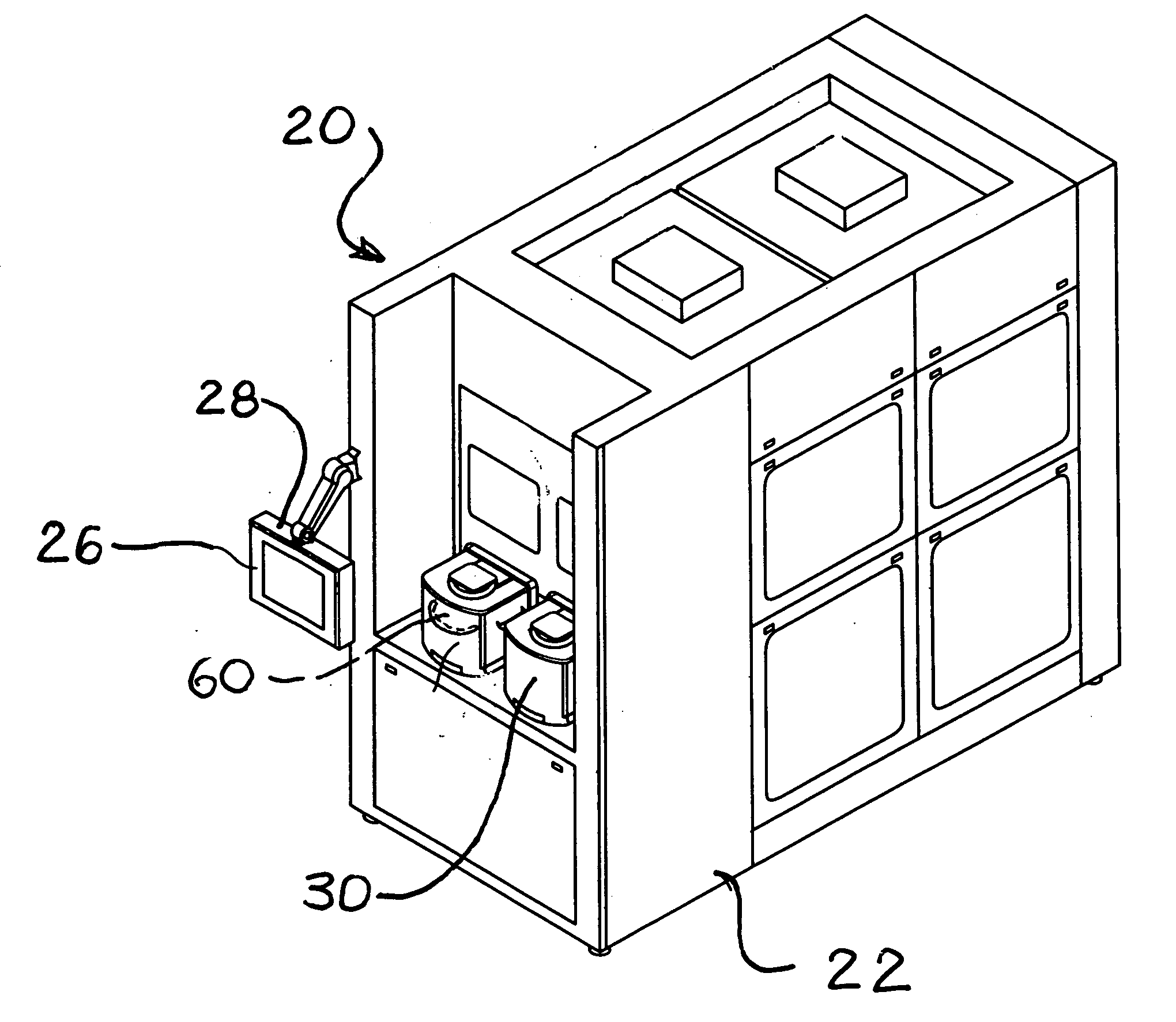End point detection in workpiece processing
a technology for workpieces and end points, applied in the field of workpiece processing, can solve the problems of affecting the accuracy of end point detection, and wasting time and process chemicals, and achieve the effect of improving accuracy and reducing optical nois
- Summary
- Abstract
- Description
- Claims
- Application Information
AI Technical Summary
Benefits of technology
Problems solved by technology
Method used
Image
Examples
Embodiment Construction
[0021] The systems and methods described may be used to process workpieces, such as semiconductor wafers, flat panel displays, hard disk media, CD glass, memory and optical media, MEMS devices, and various other substrates on which micro-electronic, micro-mechanical, or micro-electromechanical devices are or can be formed. These are collectively referred to here as workpieces or wafers. Descriptions here of semiconductors, or the semiconductor industry or manufacturing processes, also includes the workpieces listed above, and their equivalents.
[0022] Turning now to the drawings, as shown in FIGS. 1 and 2, as one example, a processing system 20 includes one or more processors 24 within an enclosure 22. A control / display panel 26 is typically provided with the processing system 20, to allow system operators to monitor various operations, as well as entering or modifying system instructions and software. One or more computer controllers 28 is also typically provided with the processin...
PUM
 Login to View More
Login to View More Abstract
Description
Claims
Application Information
 Login to View More
Login to View More - R&D
- Intellectual Property
- Life Sciences
- Materials
- Tech Scout
- Unparalleled Data Quality
- Higher Quality Content
- 60% Fewer Hallucinations
Browse by: Latest US Patents, China's latest patents, Technical Efficacy Thesaurus, Application Domain, Technology Topic, Popular Technical Reports.
© 2025 PatSnap. All rights reserved.Legal|Privacy policy|Modern Slavery Act Transparency Statement|Sitemap|About US| Contact US: help@patsnap.com



